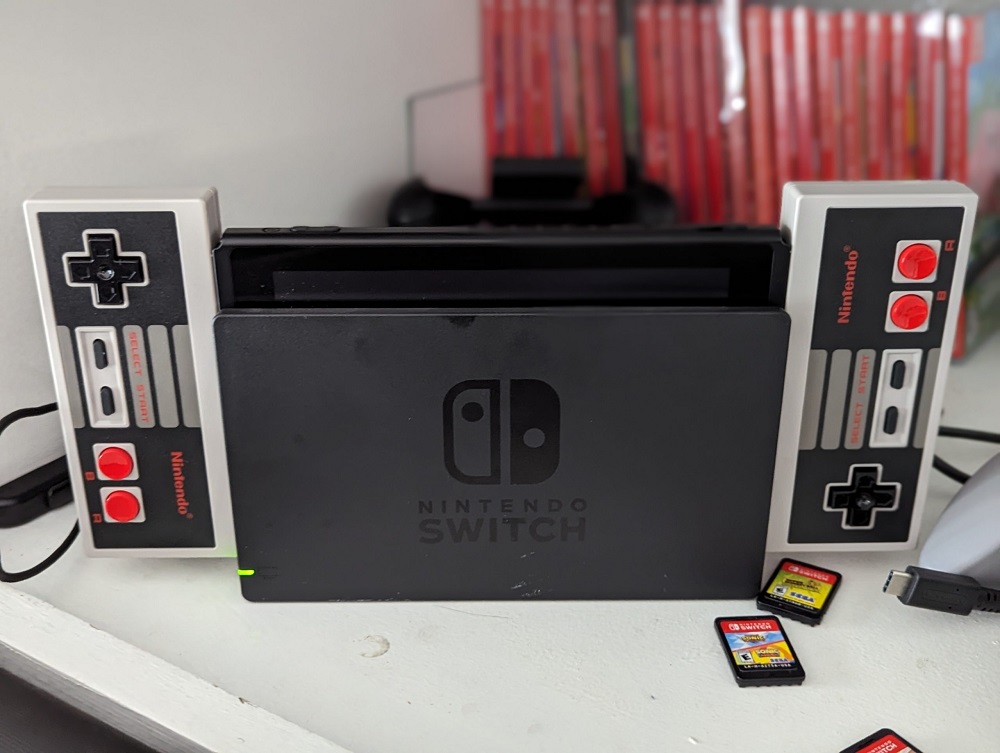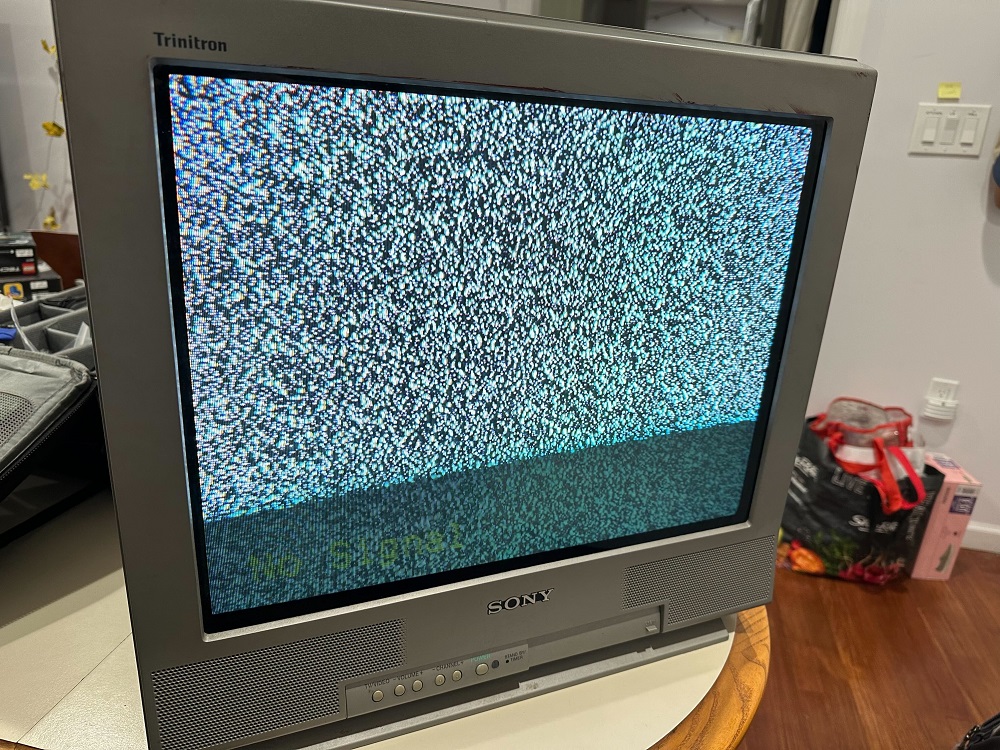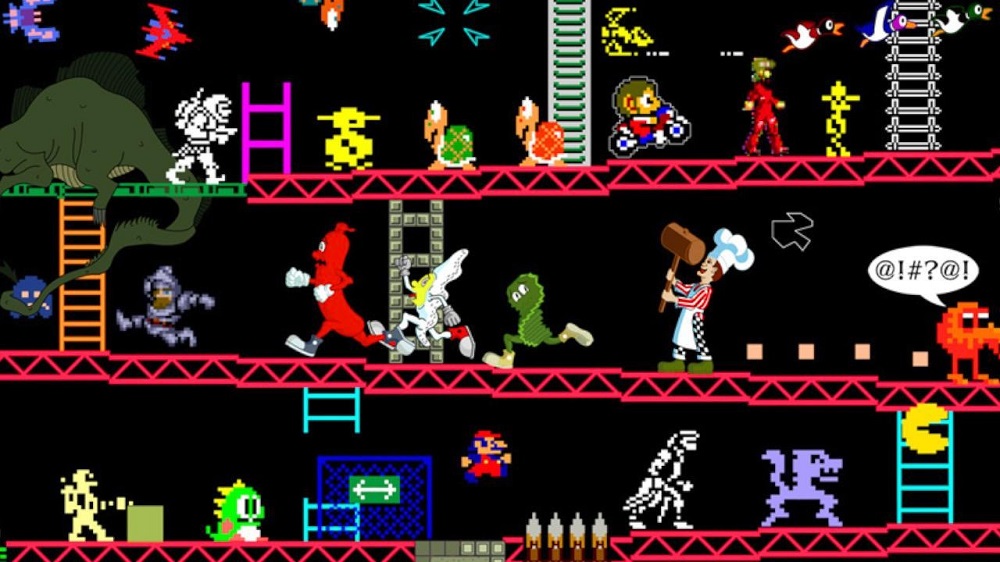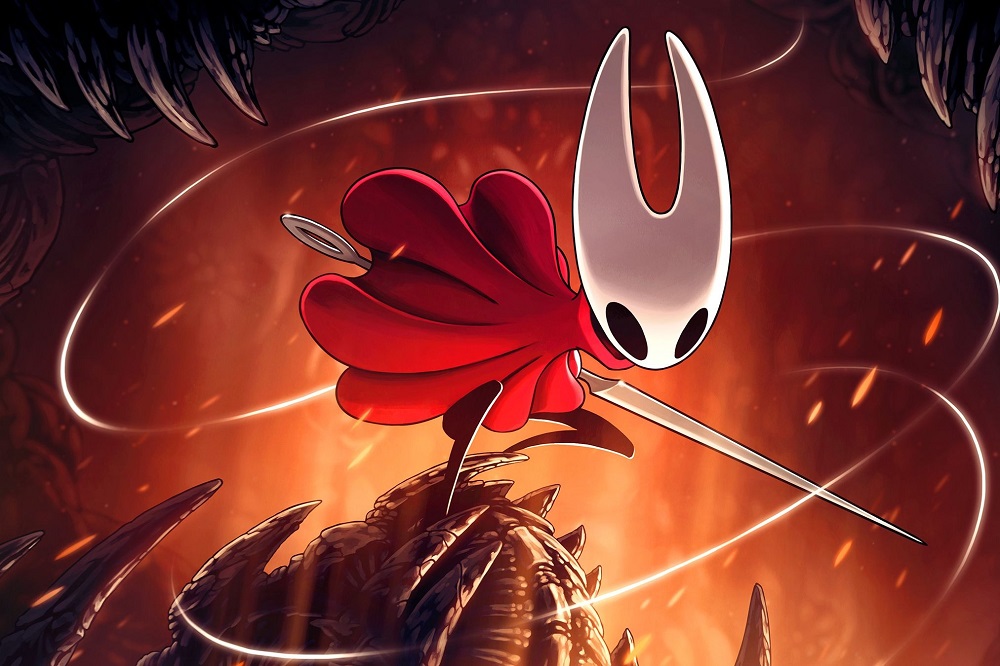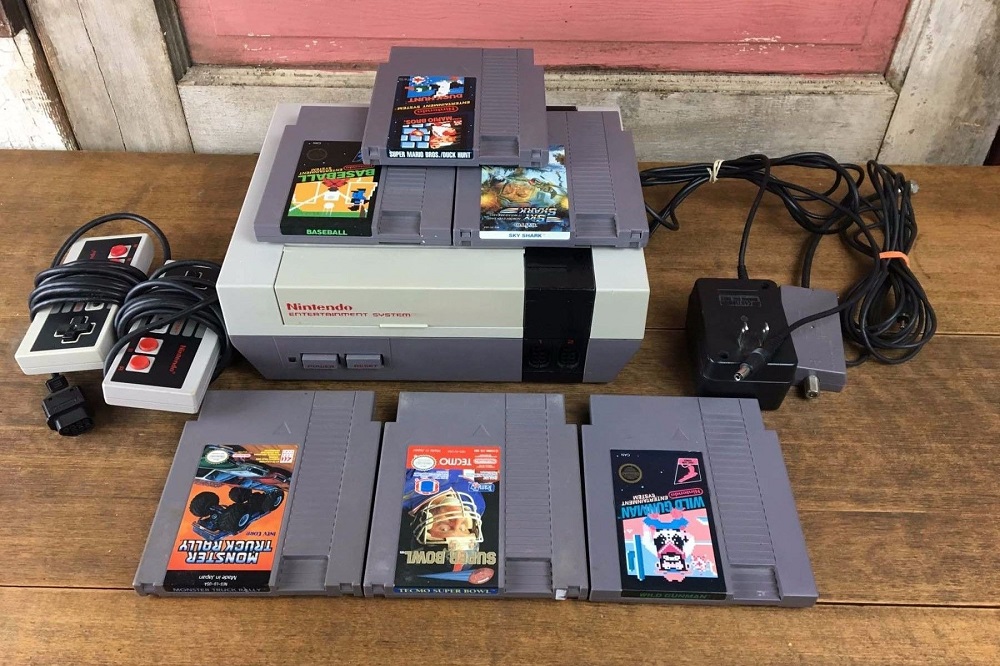Before the mid-1980s, video game controllers came in all shapes and sizes: chunky joysticks, dial knobs, and paddle wheels. They were experimental, sometimes awkward, and often uncomfortable for long play sessions. But in 1985, Nintendo released the Nintendo Entertainment System (NES) in North America — and with it, a rectangular controller that changed everything.
The NES controller introduced a design so simple yet effective that it became the template for decades of controllers to come. From the D-pad to the button layout, its DNA can still be seen in PlayStation, Xbox, and even modern Switch controllers.
This article from Oldies Nest dives deep into why the NES controller became the standard, exploring its design, cultural influence, and lasting legacy.
The Pre-NES Era: When Controllers Were Experiments
In the late 1970s and early 1980s, controllers lacked standardization.
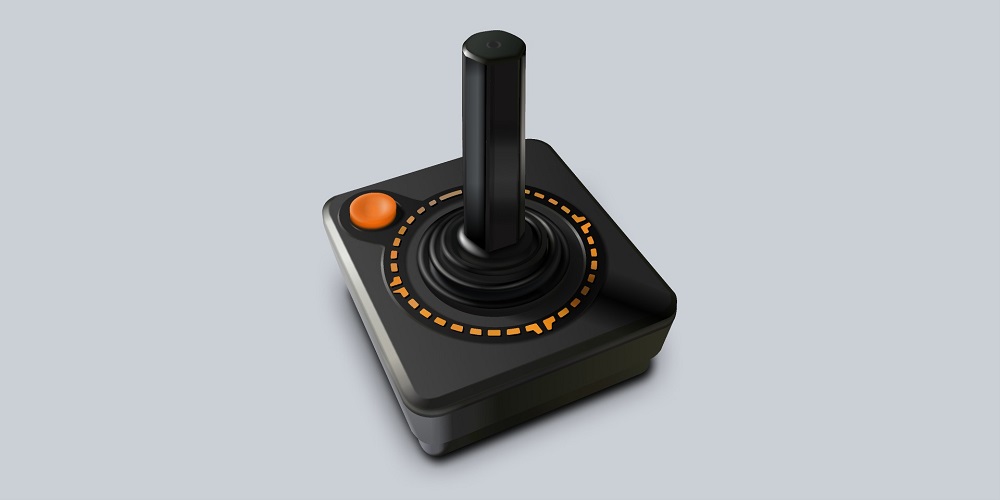
- Atari 2600 joystick: A single stick with one red button, functional but limited.
- Magnavox Odyssey paddles: Rotary dials, suitable only for games like Pong.
- ColecoVision keypads: Numeric buttons plus side buttons, overly complex for casual players.
These designs reflected experimentation rather than refinement. Games were evolving rapidly, but the controllers often held them back.
As we noted in The Legacy of Pong, early games prioritized simplicity in gameplay. Yet the hardware for input lagged behind — until Nintendo stepped in.
Nintendo’s Bold Redesign – The Birth of the D-Pad
Nintendo already had experience experimenting with inputs thanks to its handheld Game & Watch devices. Designer Gunpei Yokoi created the directional pad (D-pad) in 1982, offering precise control in a compact form.
When the NES launched in 1983 (as the Famicom in Japan), the D-pad became the core of the controller. Replacing the joystick with a flat, cross-shaped pad gave players:
- Precision: Perfect for platformers like Super Mario Bros.
- Comfort: Easier on the thumbs than clunky joysticks.
- Compactness: A small design that fit neatly in your hands.
This innovation wasn’t just new — it was revolutionary.
The Button Layout That Defined a Generation
The NES controller’s two-button setup — labeled A and B — may look primitive now, but it set the foundation for modern controllers.
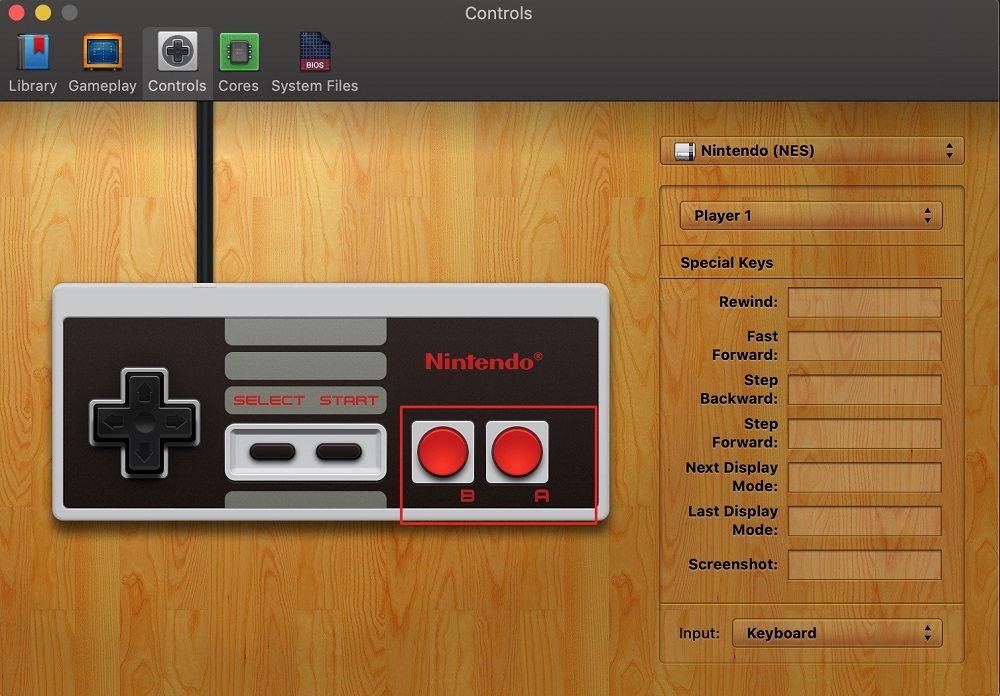
- A button: Primary action, usually jump or confirm.
- B button: Secondary action, often attack or cancel.
- Start: Paused games, introduced menu navigation.
- Select: Allowed toggling options, especially in multiplayer.
This simple yet logical layout made sense intuitively, unlike the overloaded keypads of ColecoVision. Players instantly knew what each button did.
The NES controller created a language of inputs that future consoles adopted and expanded.
Comfort and Accessibility – Why It Worked for Everyone
One reason the NES controller became the standard was ergonomics. Its small rectangular shape fit comfortably into most hands, from children to adults.
Though later nicknamed the “dog bone” for its blockiness, the controller’s straightforward design meant:
- Kids could pick it up instantly.
- Parents weren’t intimidated by extra buttons.
- Games became more accessible across demographics.
This accessibility mirrored the NES’s broader strategy to revive gaming after the 1983 crash. As we covered in NES Launch in the US, the console needed to appeal to families, not just hardcore players. The controller’s simplicity helped win trust.
Function Dictates Design – Built for Platformers
The NES library heavily featured platformers, action titles, and side-scrollers. The controller was designed for these genres:
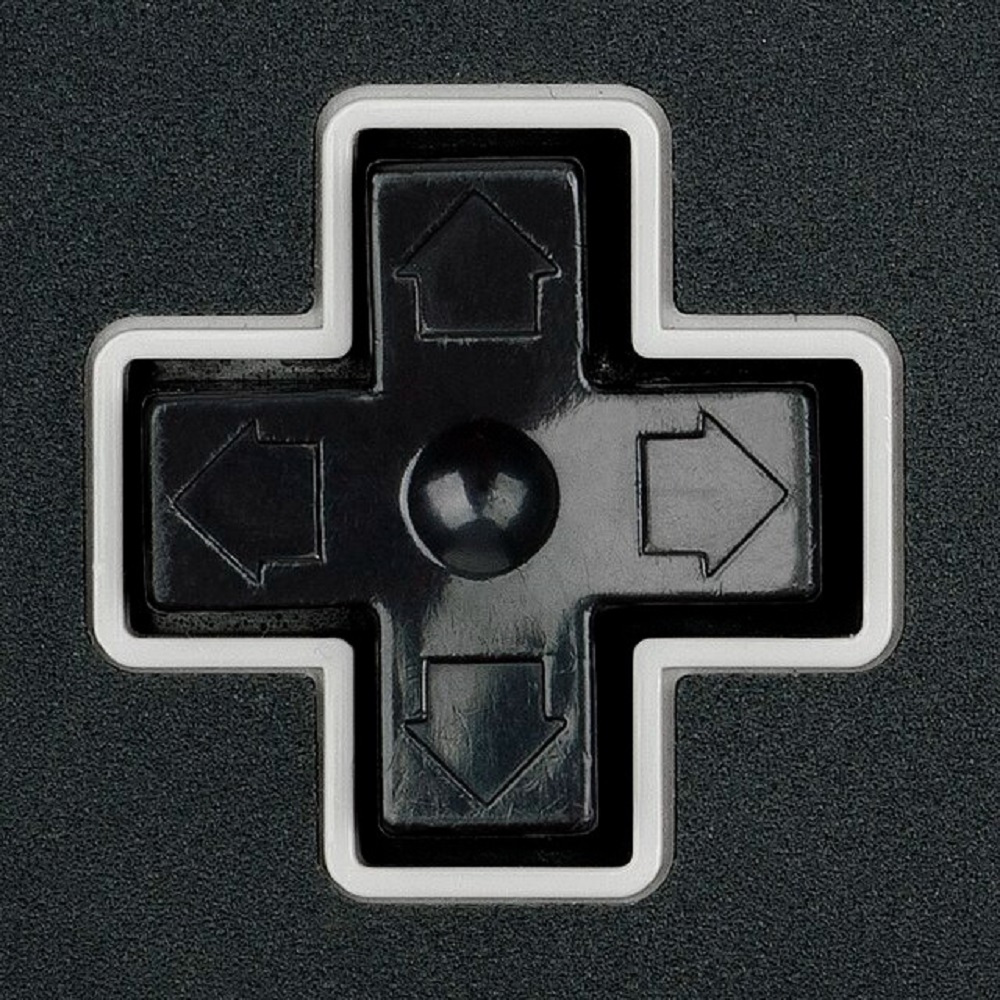
- D-pad made precision jumps possible in Super Mario Bros.
- Two-button action fit perfectly with run-and-jump mechanics.
- Responsiveness minimized input lag, crucial for games like Mega Man.
The synergy between software and hardware made the NES controller feel natural — it was built for the games that defined the system.
Setting the Standard – Influence on Future Controllers
The NES controller became the blueprint for nearly every controller that followed:
- SNES (1990): Expanded to four face buttons and two shoulder buttons, but kept the D-pad and Start/Select.
- Sega Genesis: Introduced three (later six) face buttons, echoing Nintendo’s two-button layout.
- PlayStation: Adopted four face buttons in a diamond layout, still centered around the NES philosophy of simple, intuitive inputs.
- Xbox: Retained Start/Select equivalents, expanding functionality for 3D gaming.
Even the Nintendo Switch Joy-Cons still include a D-pad-inspired design.
Cultural Icon – Beyond Gaming
The NES controller wasn’t just functional — it became a symbol of the 1980s. Its shape is instantly recognizable, appearing on T-shirts, mugs, and posters.
For many, holding the controller is synonymous with childhood memories of blowing into cartridges and late-night Mario sessions.
Its design became shorthand for retro gaming, just as much as Sonic or Pac-Man.
Criticisms and Limitations
Of course, the NES controller wasn’t perfect:
- The rectangular edges could feel uncomfortable during long sessions.
- The two-button limit restricted more complex inputs as games evolved.
- No analog stick meant limited functionality for 3D gaming later on.
Nintendo addressed these issues in the SNES controller, smoothing edges and adding more buttons. Yet even with flaws, the NES design set the course for the industry.
The NES Controller’s Legacy in 2025
Today, the NES controller remains beloved. Collectors prize original hardware, while modern replicas (like 8BitDo wireless versions) let fans relive the feel on new devices.
The NES controller’s principles — simplicity, accessibility, and functionality — still influence controller design. Even VR and mobile gaming borrow from its lessons: keep inputs intuitive and natural.
Conclusion: The Controller That Defined Gaming
The NES controller wasn’t flashy. It wasn’t packed with buttons or joysticks. But its brilliance lay in its clarity. By introducing the D-pad, a logical button layout, and comfort for all ages, it redefined how people interacted with games.
It became the industry standard, copied, expanded, and honored for decades. More than just a controller, it was a gateway — a device that helped revive gaming after the crash and set the foundation for modern input design.
When you hold an NES controller today, you’re not just holding plastic. You’re holding history.
